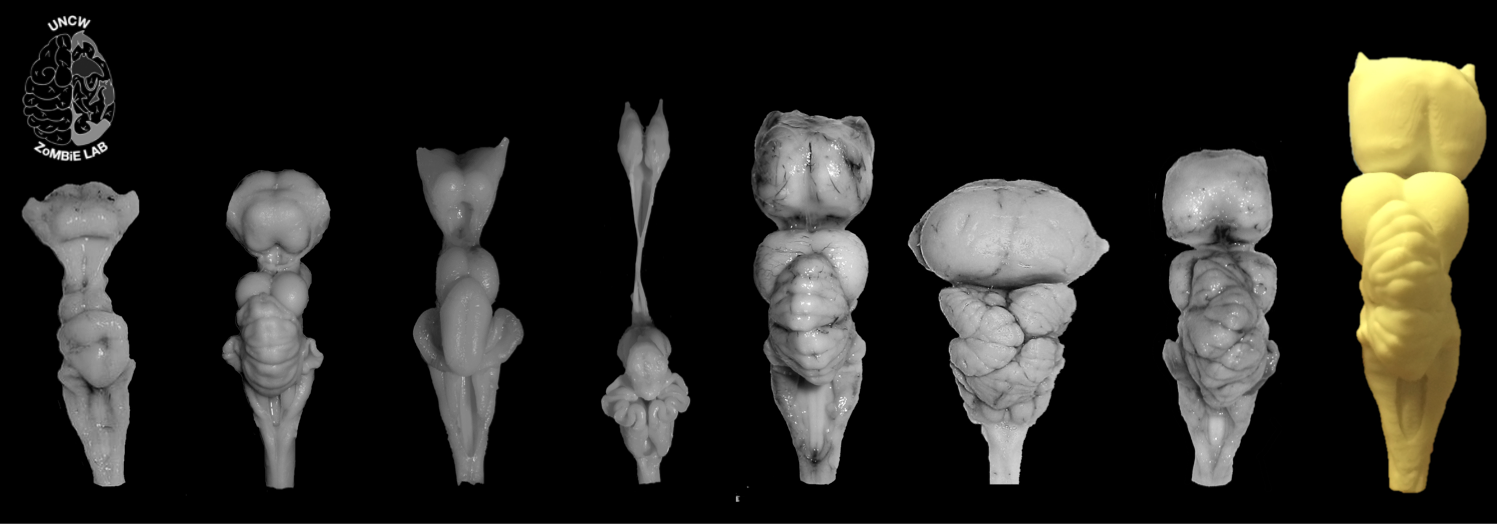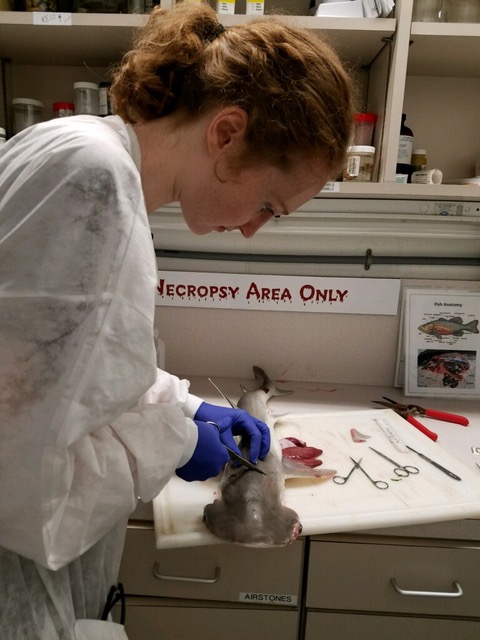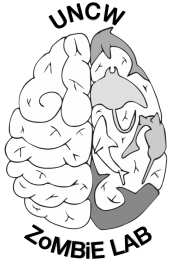Research

With our growing collection of brain tissue (which currently includes over 800 specimens across over 50 orders of fishes), here at UNCW we aim to explore the evolution of cognitive capacity across vertebrates by applying a range of neuroanatomical techniques to quantify variation between individuals and within populations: using bioimaging for biological archiving and comparative neuroanatomy, quantifying learning and “intelligence” using neuroanatomical proxies, both inter- and intra specifically, and assessing the neural effects of environmental perturbations.
CURRENT PROJECTS
Anatomical Indicators of Cognitive Abilities
Although large datasets exist for particular vertebrate groups (ie, birds and mammals), there is still a paucity of information in early vertebrates how brain size, brain structure size and neurogenesis are linked, and how mechanisms for brain growth may have been conserved across taxa. Using a range of techniques, my students and I test the degree to which major brain regions and pathways develop in concert with one another or vary independently due to functional specialization.
Advanced Bio-imaging
Our lab applies advanced bio-imaging techniques - including magnetic resonance imaging (MRI), uCT, and flow cytometry - to create a digital library of the brain from a range of specimens to non-invasively explore critical evolutionary questions. In addition to digital preservation of material, bioimaging facilitates analysis of the brain is a way that was not possible using traditional techniques.

Phenotypic Plasticity of the CNS
Fishes, amphibians and reptiles all have indeterminate growth, where the central nervous systems continues to grow throughout life, making them important models for understanding the mechanisms underlying neuroplasticity and cognition. My students and I are exploring natural changes in the brain throughout ontogeny, as well as how environmental conditions may induce different degrees of phenotypic change.
